The Quilters of Gee’s Bend
Art Collective | Quilts | By appointment only
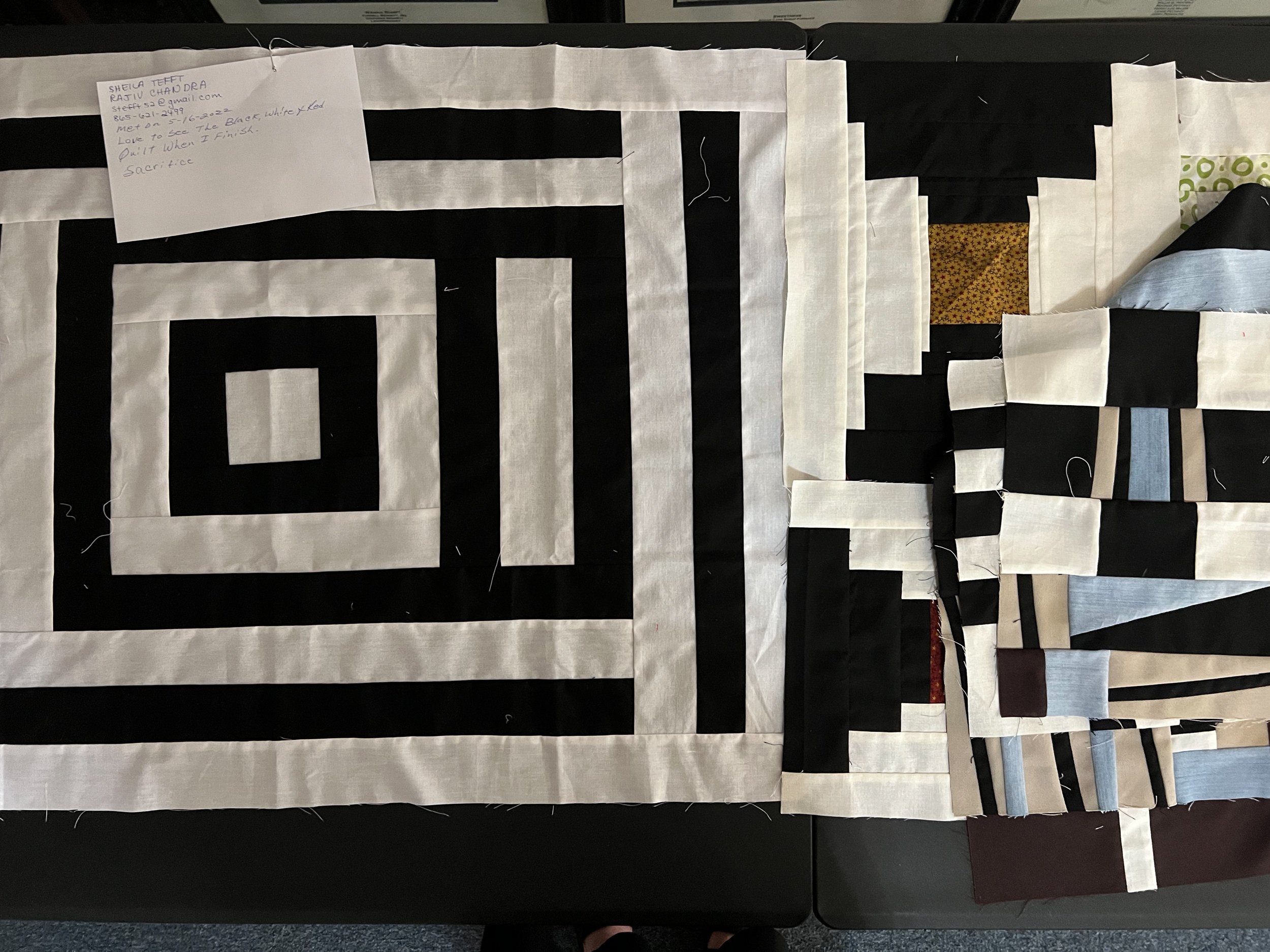
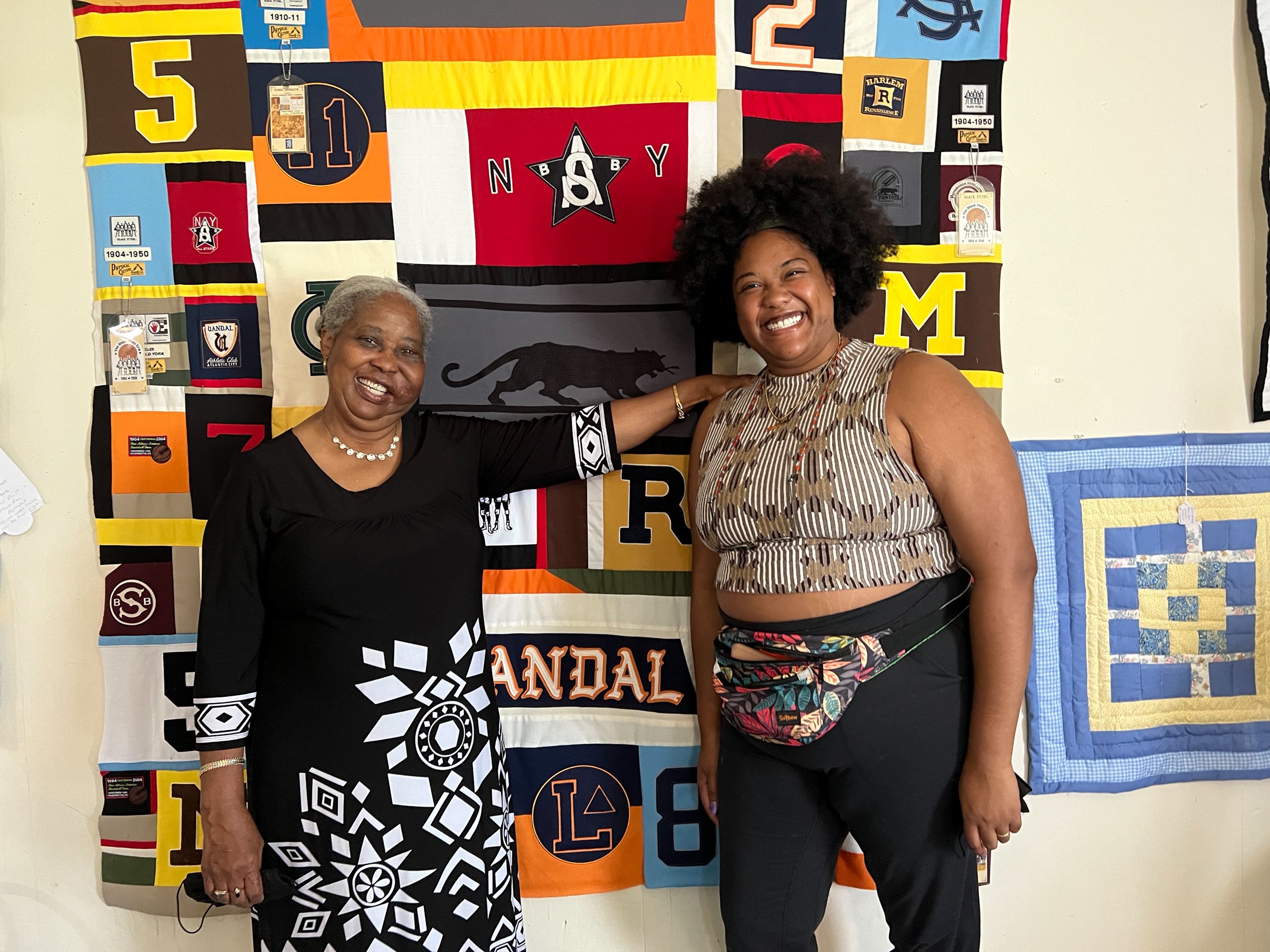
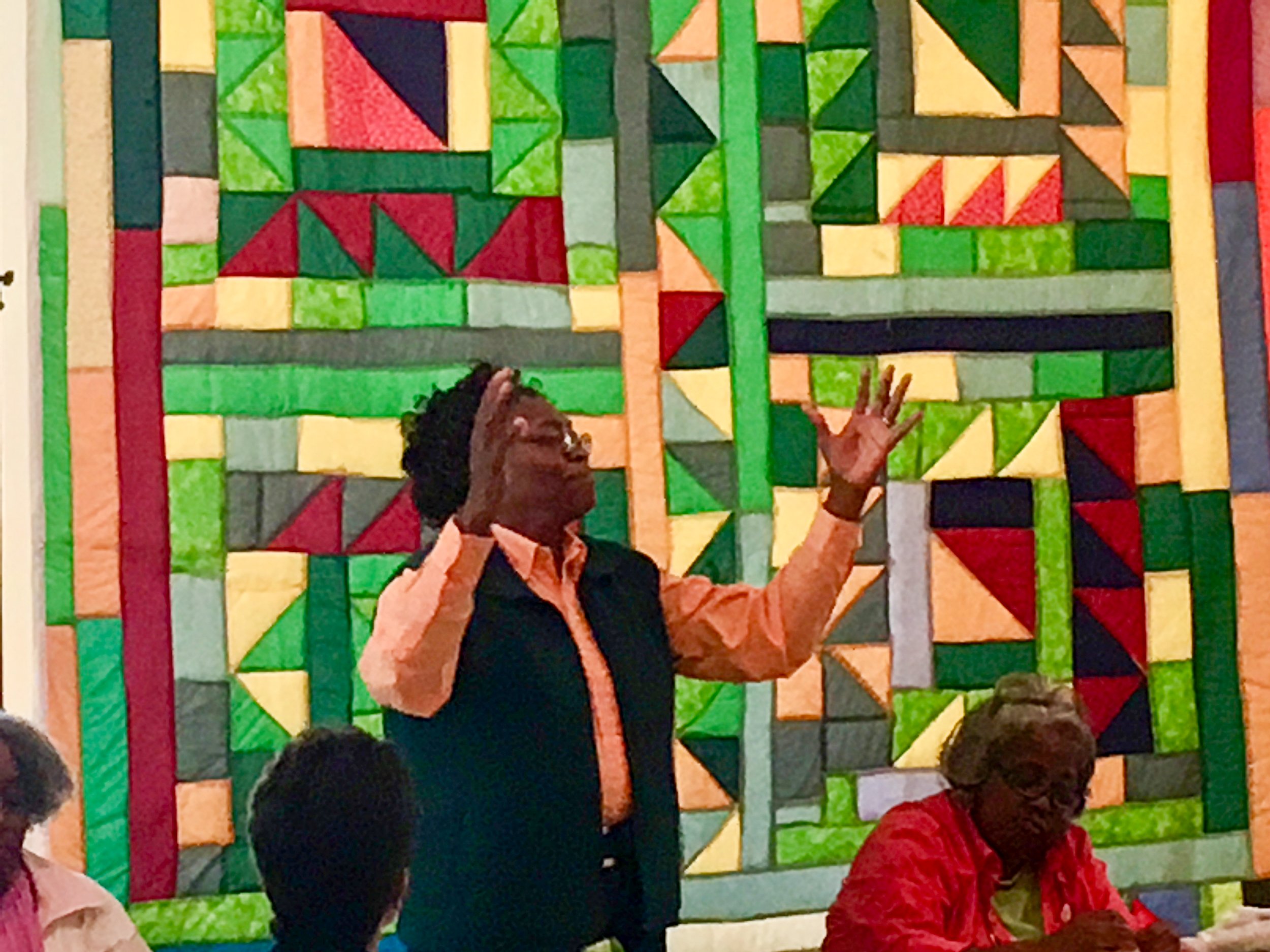
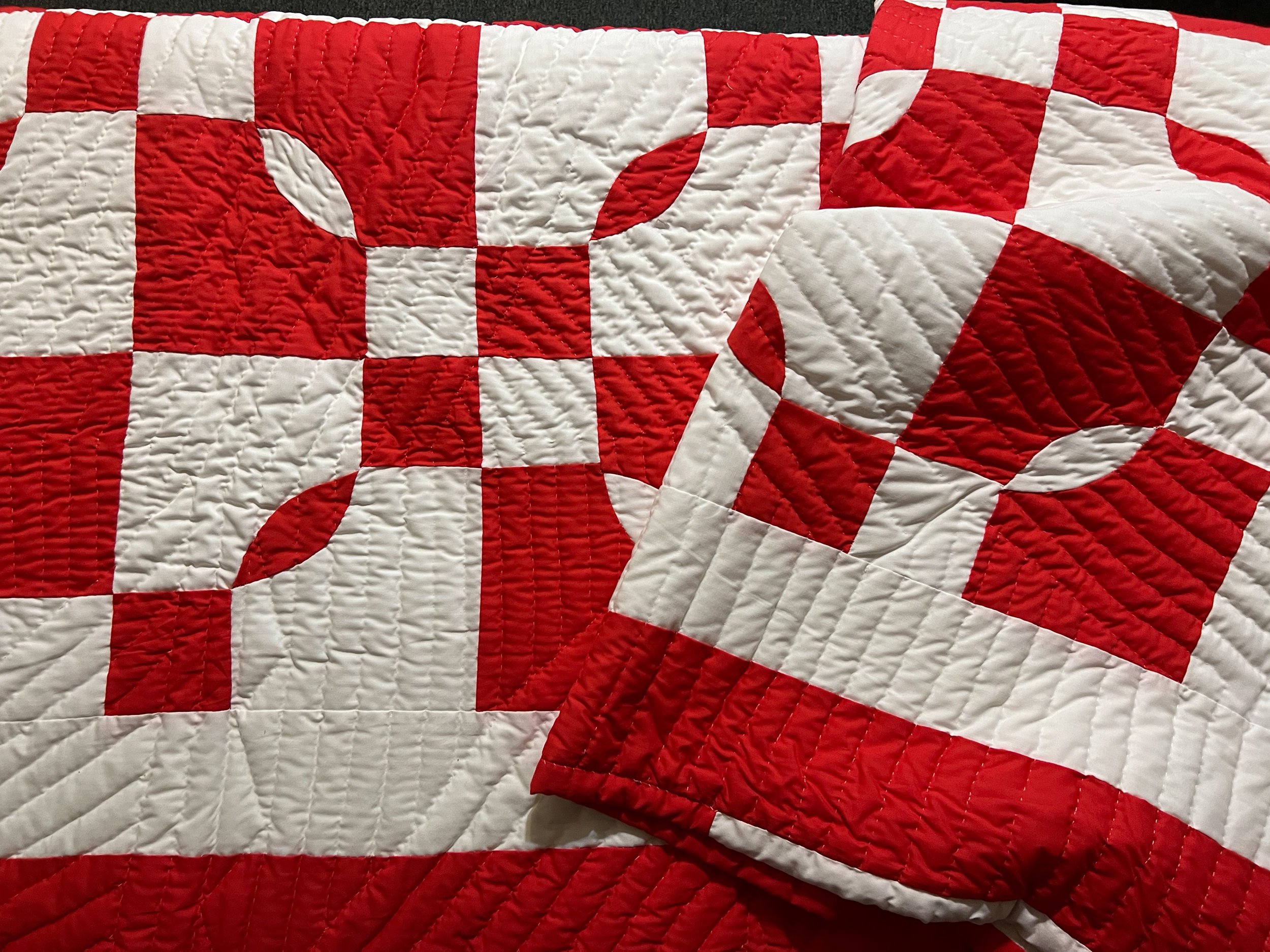
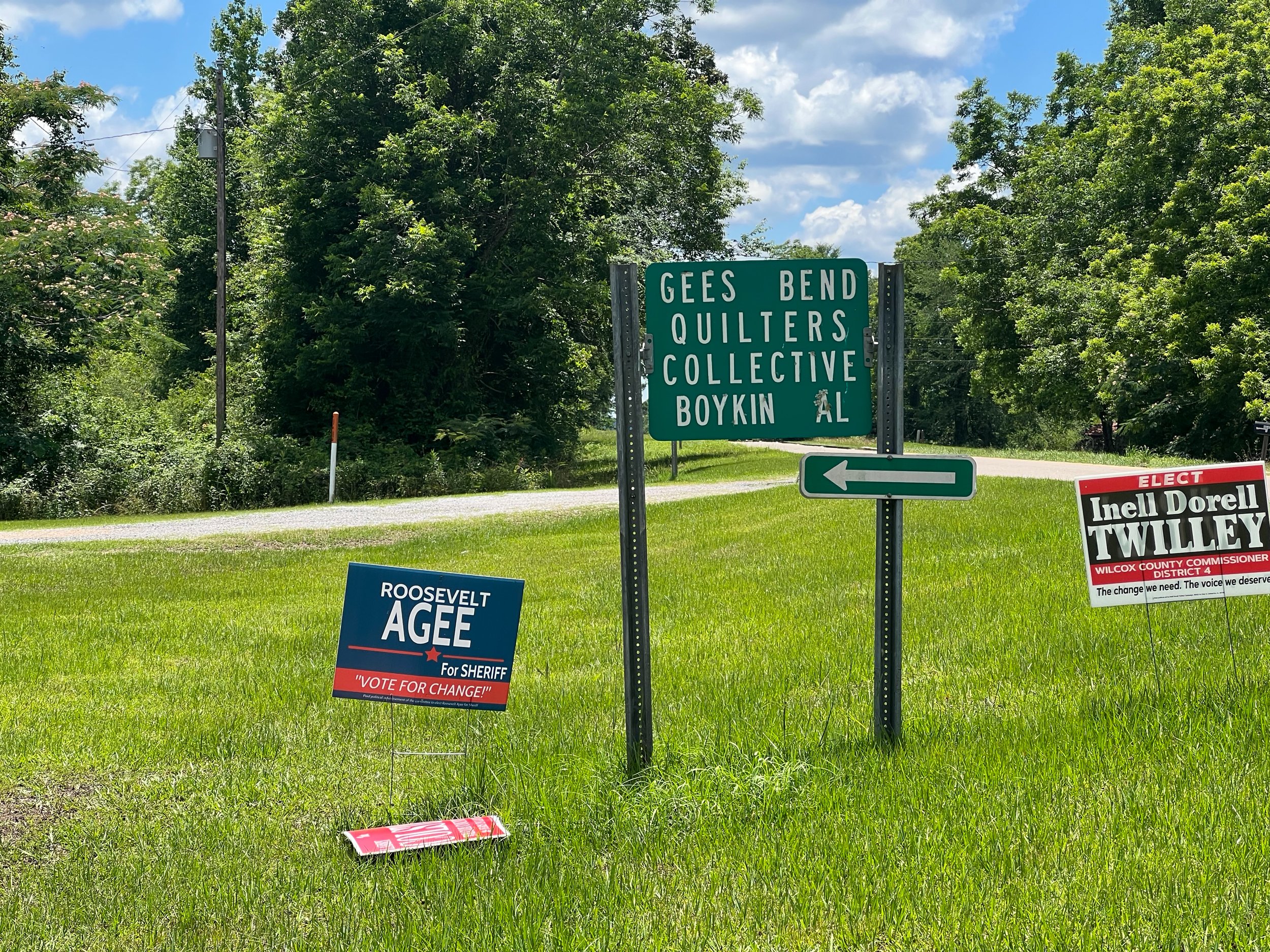
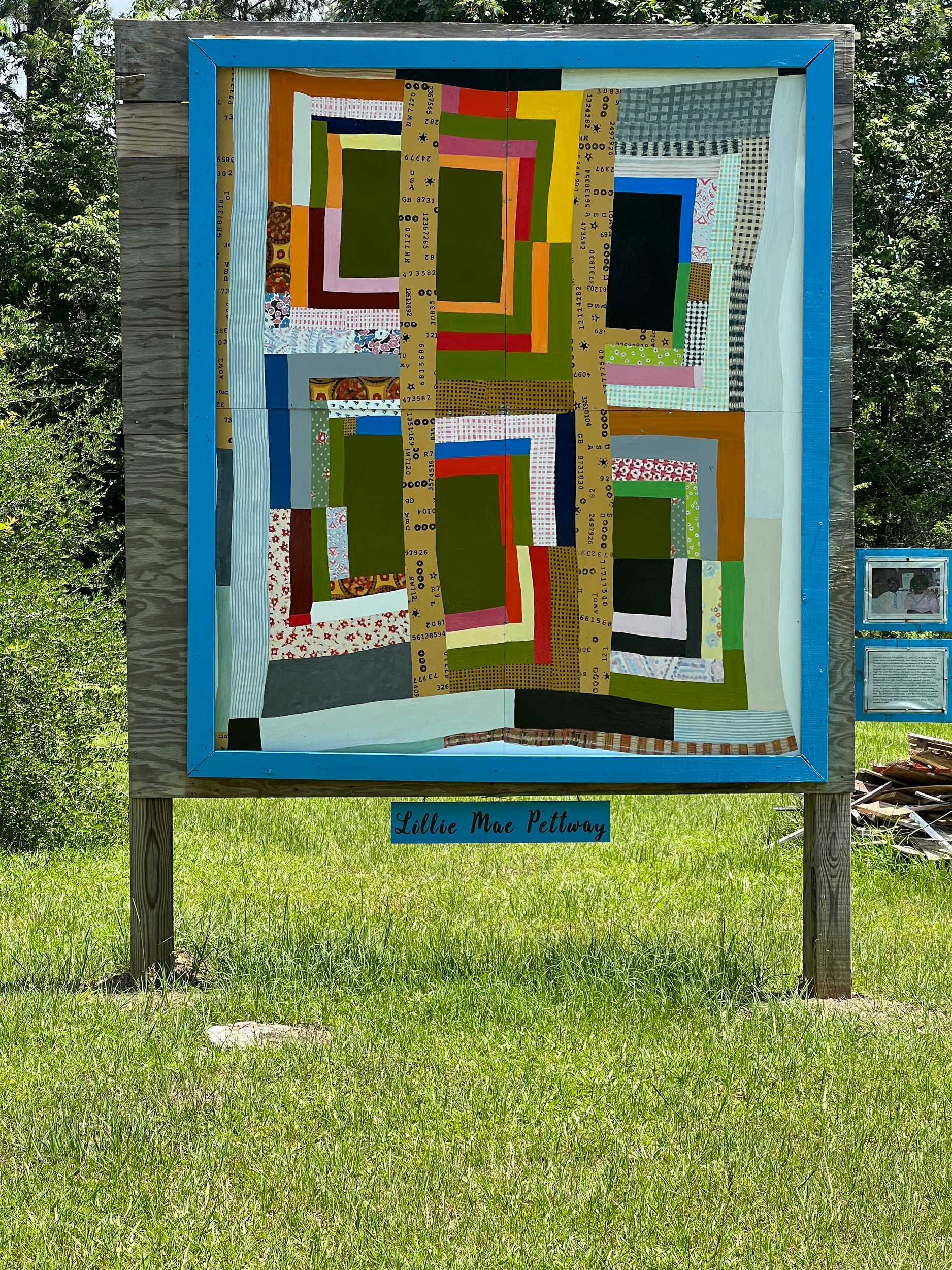
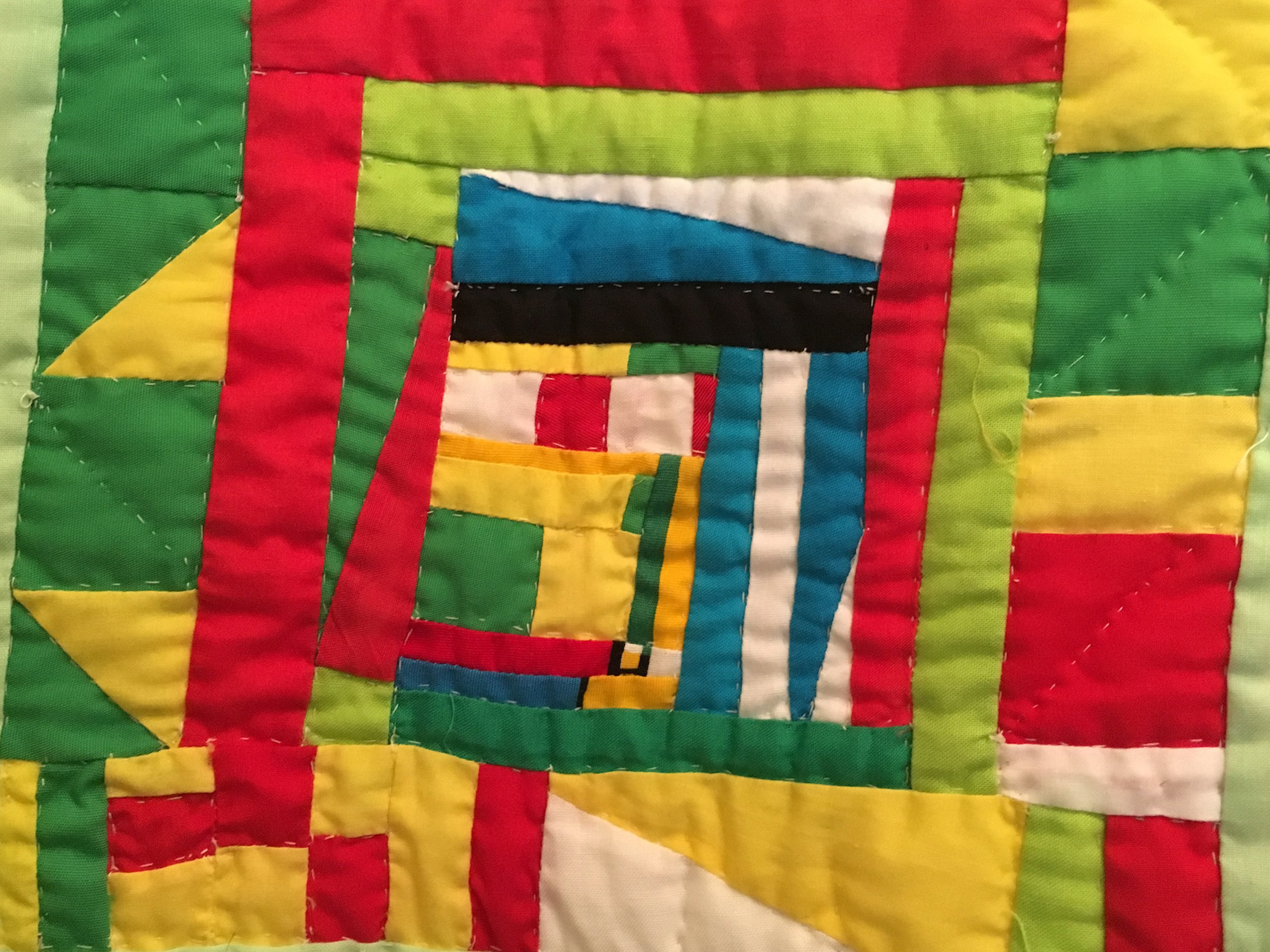
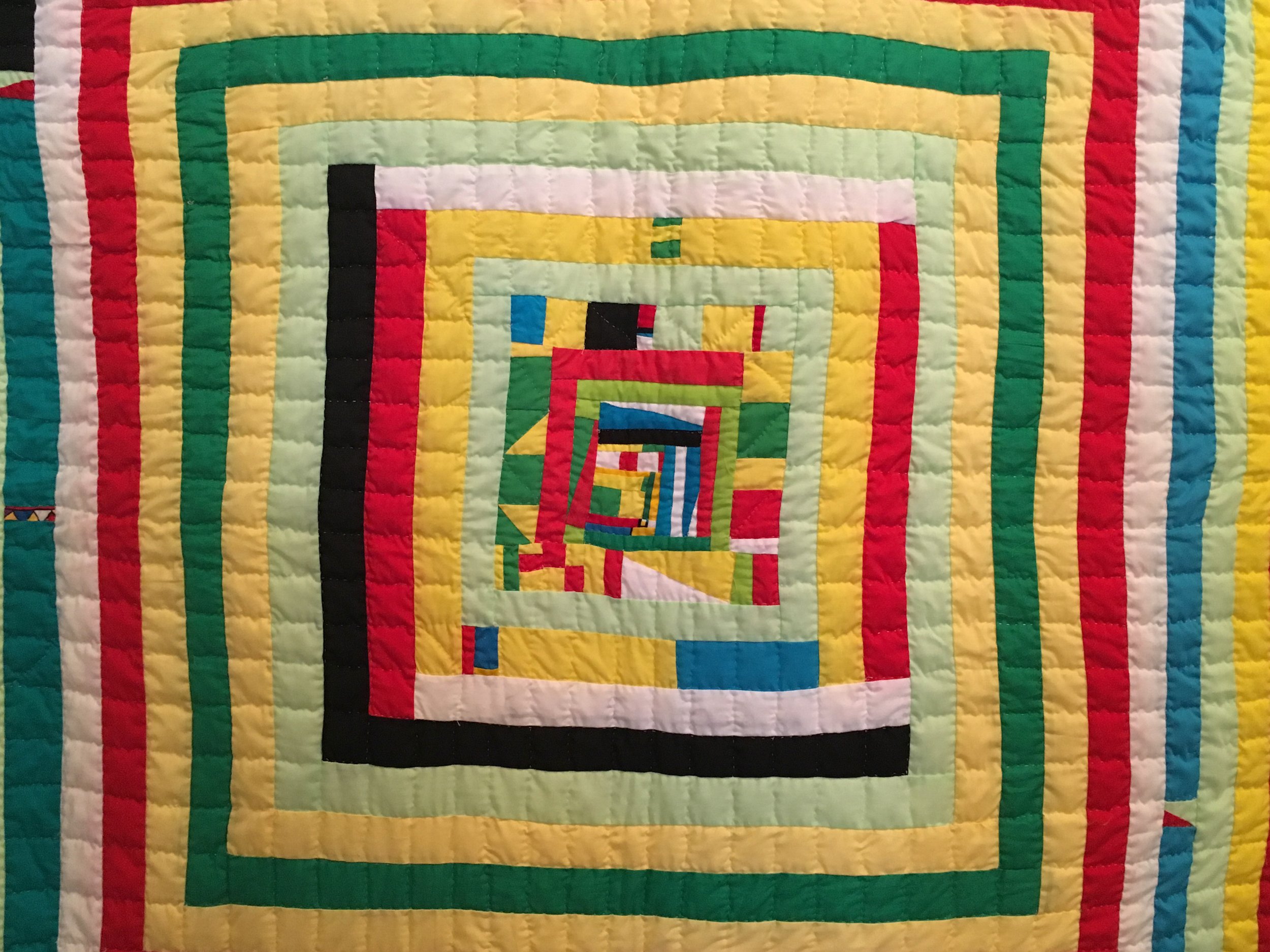
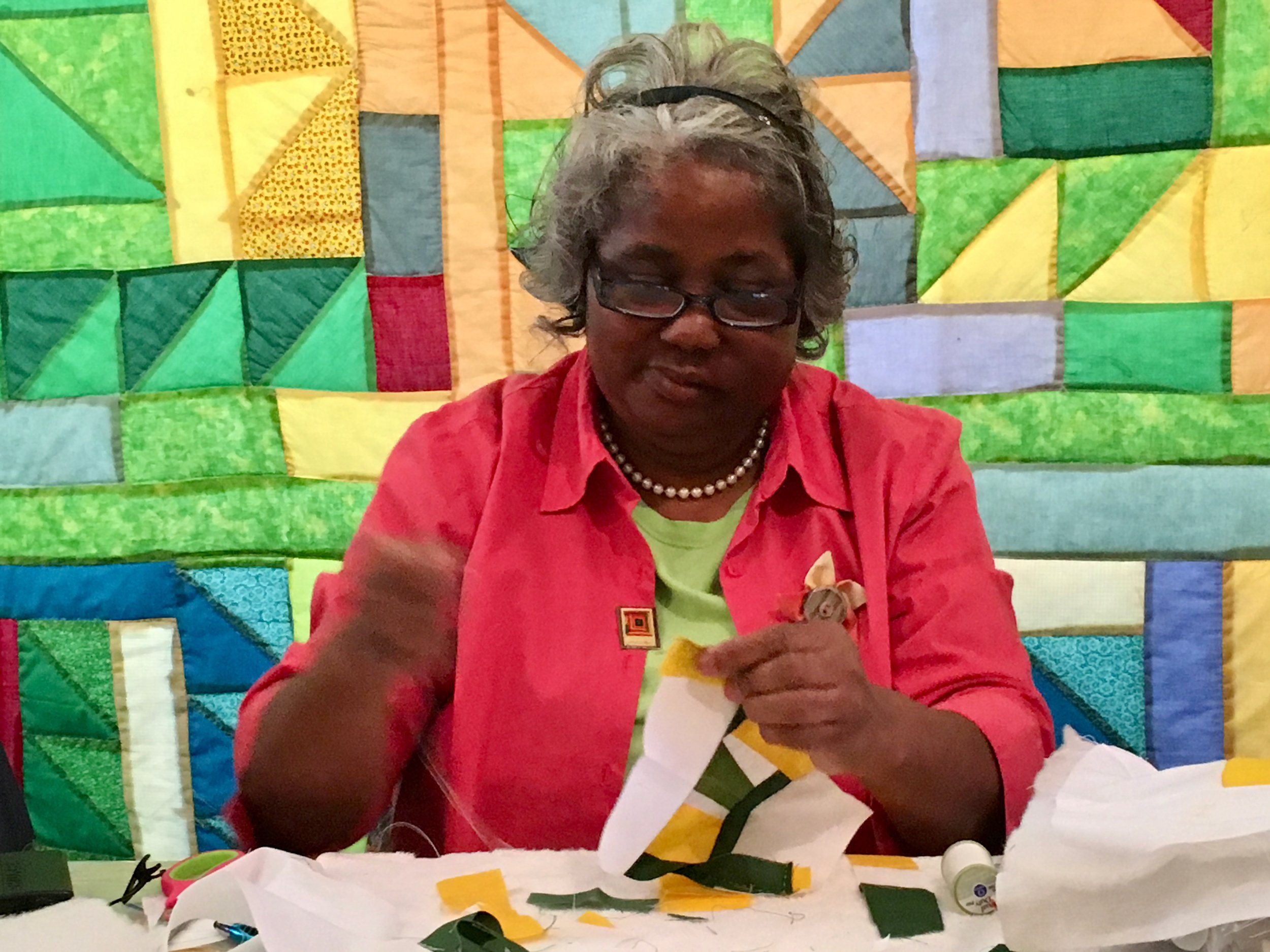
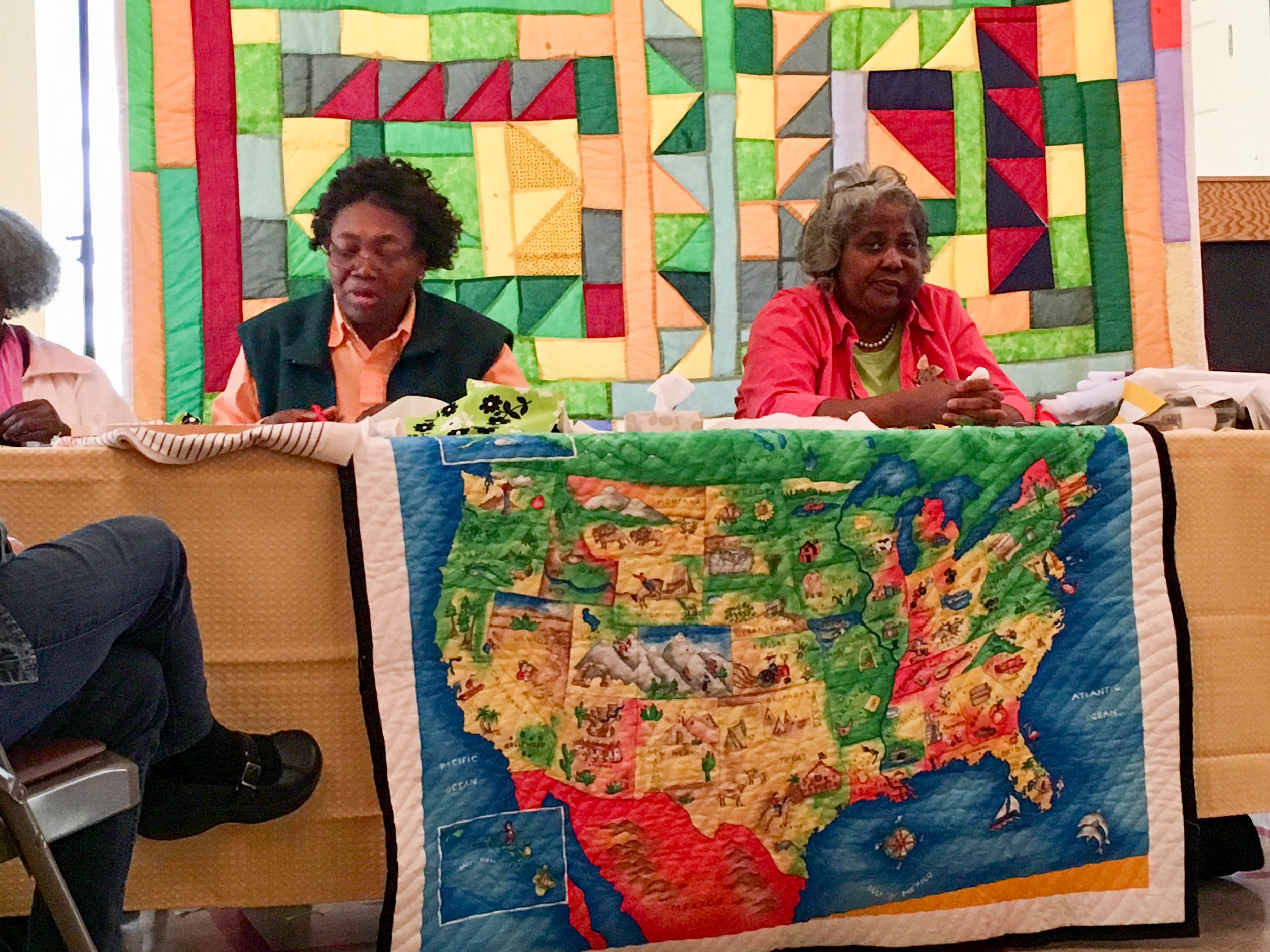
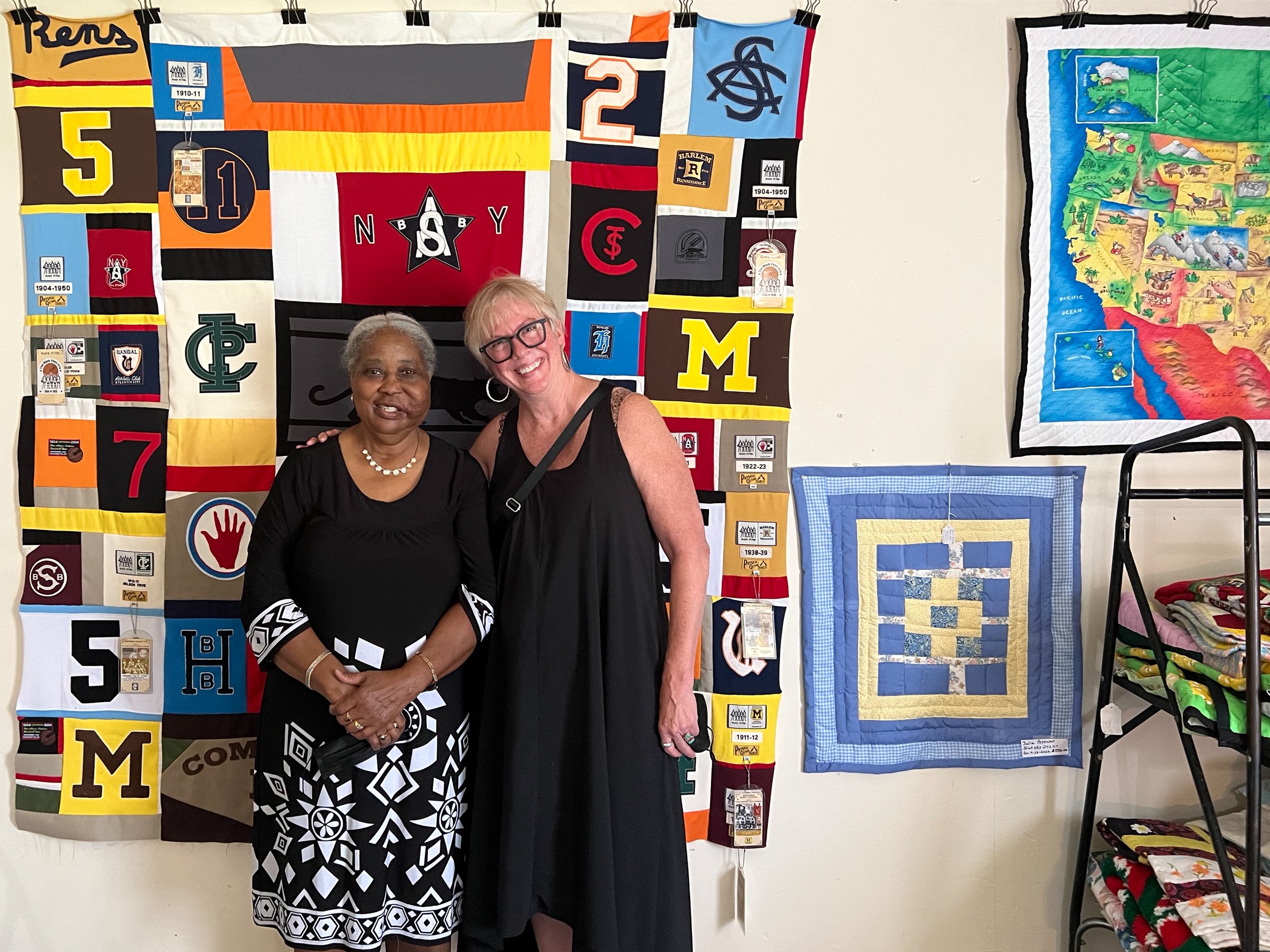
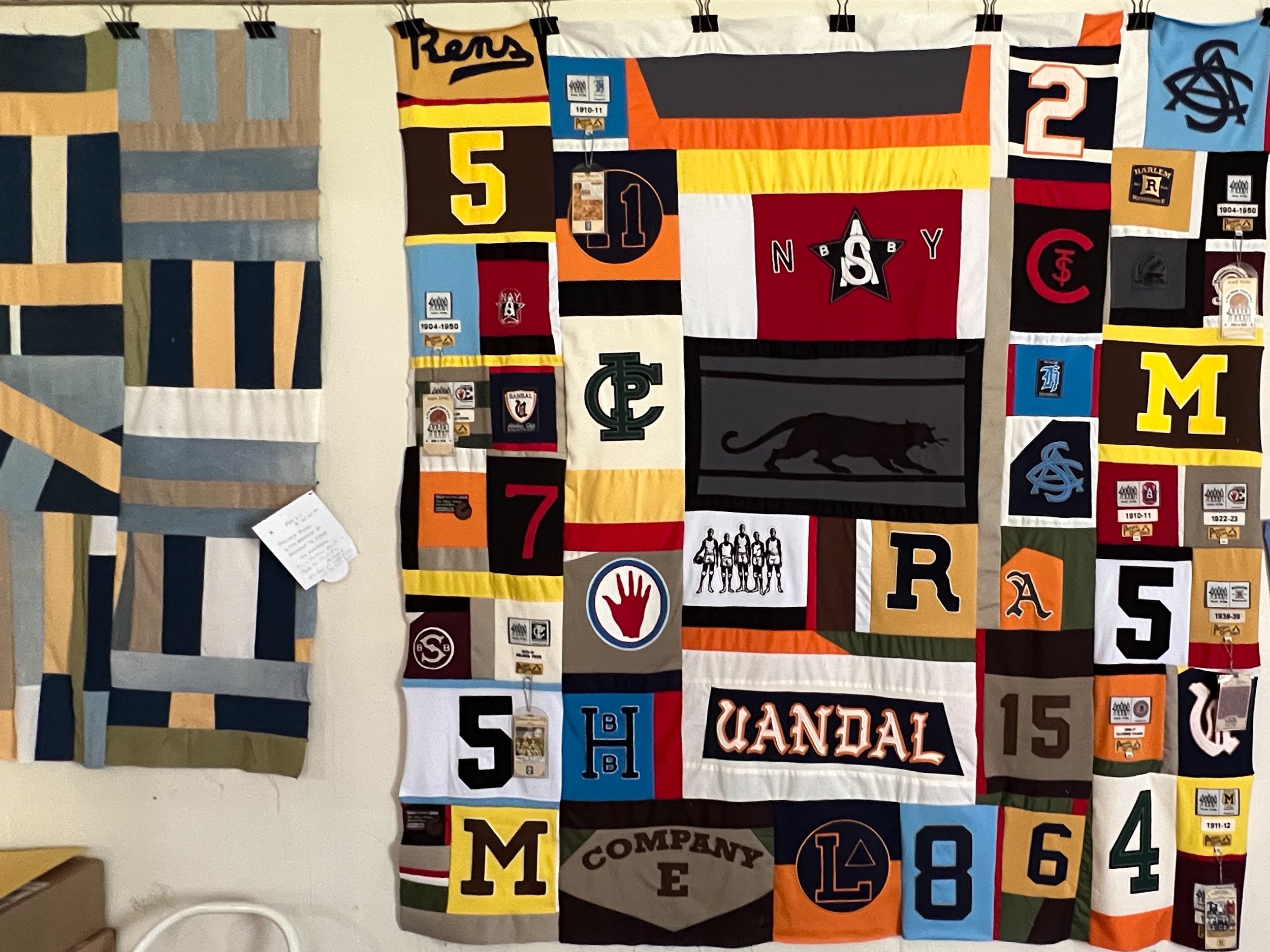
(The following text excerpted from The Remarkable Story of Gee's Bend Quilts Art History, Exhibition Reviews https://www.widewalls.ch/magazine/gees-bend-quilts)
The craft of quilting has a longstanding tradition in numerous communities. Traditionally, it was associated with women who used it to tell their stories, share their knowledge, and empower each other. The act of sewing together different layers of cloth was practiced by women of all classes in Europe and America, yet it was most often affiliated with the lower, more humble classes.
In North America, the communal patchwork quilts of white Anglo-Saxon Protestants were institutionalized; this was not the case with the quilts produced by Native Americans, Hispanics, and African-Americans, however. The visual vocabulary of the oppressed was saturated with their own cultural traditions, especially with the socio-political context of colonialism and segregation in the case of Black people.
Such quilts were re-discovered by individual enthusiasts and initiatives such as the Women’s Institutes and the Rural Industries Bureau during the 1930s. The efforts were made to preserve the quilts while their makers were equipped with luxurious materials and their production directed to a wealthier clientele in London and elsewhere.
The most prominent quilts were made by a group of women who lived in the isolated African-American settlement called Gee’s Bend in Alabama. Mary Lee Bendolph, Arlonzia Pettway, and Annie Mae Young are some of the most prolific quilters among the residents whose ancestress can be traced back to slavery.
The Historical Context
Gee’s Bend is named after Joseph Gee, a wealthy landowner who came from North Carolina and established a cotton plantation in 1816 with seventeen slaves. Three decades later, the plantation was sold to Mark H. Pettway, whose surname is still carried by some of the residents. After the emancipation, numerous freed slaves and their family members stayed on the plantation as sharecroppers.
In the 1930s, a merchant who had given credit to the families of the Bend, died, and the family of this merchant brutally collected food, animals, tools, and seed from the residents who were saved by the rations of the Red Cross. A great part of the land was sold to the federal governmentl the Farm Security Administration eventually set up Gee’s Bend Farms, Inc., a pilot project intended to help the inhabitants of the area. Pieces of the land were sold to the families of the bend, and so the Native and African American population took control over it. As the Great Depression was in the late phase, and farming became mechanized, the locals faced difficulties and a great number of them had to move away.
Nevertheless, a significant number of them stayed, and in 1949, a U.S. Post Office was established in Gee’s Bend, while in 1962, the ferry service, the only means of transport to the settlement, was eliminated, and was not restored until 2006.
In an era marked by the Civil Rights movement, the community of Gee’s Bend gained wider attention for their quilt production mostly thanks to a folk art collector, historian, and curator William Arnett and his Souls Grown Deep Foundation in Atlanta.
The Gee’s Bend quilting tradition has a long history (it was passed down through generations of women) and it is quite influenced by patterned Native American textiles and African textiles. Making quilts was not just a mere craft - it was an act of coming together, and creating women’s safe space. The quilts had also everyday purposes as they were used by the community members to get warm during the winter months in improvised cottages without heat, running water, and electricity.
Throughout the time, the women developed a unique style deployed of folk art conventions based on colorful improvisations and geometric simplicity. The quilts reflect different approaches to form; the symbols and asymmetry mostly refer to African textiles, but also evoke the formal qualities of Modernist painting.
The quiltmakers used to organize their quilts into loose categories such as Abstraction & Improvisation, Pattern & Geometry, Housetop & Bricklayer, Lazy Gal, and Work Clothes.
The Milestone Quilting Exhibition
The fruitful activity of Gee’s Bend received nationwide attention after Arnett organized an exhibition titled The Quilts of Gee's Bend in 2002 at the Museum of Fine Arts in Houston, that later traveled to other institutions across the country. The exhibition included sixty quilts created by forty-five artists.
Alongside outstanding works, the show offered insight into the lives of quiltmakers with numerous photographs, their music, and a video that encompasses their narratives (religion, the family histories, and their views on their art).
Despite the positive reception, in 2007 two Gee's Bend quiltmakers, Loretta Pettway and Annie Mae Young accused Arnett of cheating them out of the sales of the quilts, and so they sued him. The following year, the lawsuit was resolved and dismissed without comment from lawyers on both ends.
Celebrating The Gee's Bend Quilt Legacy
Currently on display at Alison Jacques Gallery (until February 6, 2021) is the first-ever exhibition of the Gee’s Bend quilts in Europe that includes 13 examples made by three generations of women between around 1930 and 2019, while earlier this year Turner Contemporary in Margate, hosted the first Gee’s Bend UK exhibition We Will Walk – Art and Resistance in the American South.
A similar survey is scheduled for January 2021 to be displayed at the Baltimore Museum of Art. Under the title She Knew Where She Was Going: Gee's Bend Quilts and Civil Rights, it will take shed light on the era crucial for the shift of the status of the Black community in the US. The visitors will have a unique chance to see five quilts that were acquired by the museum including, Diamond in Square by Pearlie Irby Pettway (American, c. 1898–1955); Housetop by Lucy T. Pettway (American, 1921–2004); Chestnut Bud by Lucy Mingo (American, b. 1931); Blocks and Strips by Nell Hall Williams (American, b. 1933); and Four-block Strip by Loretta Pettway (American, b. 1942).
The renewed interest in the quilts in the contemporary moment is not surprising, as they are not just an exceptional part of the American cultural heritage, but are also proof of the unique way of struggle undertaken by women living under the crude circumstances of an isolated and marginalized Black community. They inspire younger generations of Black artists to reclaim their legacies that are rightfully cherished, in a country still challenged by racial issues.
Buy a Gee's Bend Quilt Online at Etsy!
Cultural institutions such as the Metropolitan Museum of Art, the National Gallery of Art and the Smithsonian American Art Museum have added colorful Gee 's Bend Quilts by artists Martha Jane Pettway, Mary Lee Bendolph, Lucy T. Pettway and many more to their collections - and now you can too! In honor of Black History Month 2021, nine new Etsy stores were launched, so that now we can browse and buy quilting work from artists such as Mary Margaret Pettway, Caster Pettway, Emma Mooney Pettway, Kristin Pettway, Loretta Pettway Bennett, Doris Bettway Hacketts, Lue Ida McCloud, Sharon Williams, and Doris Mosely.
To learn more, visit Etsy's Gee's Bend Quilters page, or their Instagram!
Editors’ Tip: Gee's Bend: The Architecture of the Quilt
In 2002, Gee’s Bend burst into international prominence through the success of Tinwood’s Quilts of Gee’s Bend exhibition and book, which revealed an important and previously invisible art tradition from the African American South. Critics and popular audiences alike marveled at these quilts that combined the best of contemporary design with a deeply rooted ethnic heritage and compelling human stories about the women. Gee's Bend: The Architecture of the Quilt is a major book and museum exhibition that will premiere at the Museum of Fine Arts, Houston (MFAH), in June 2006 before traveling to seven American museums through 2008. The book's 330 color illustrations and insightful text bring home the exciting experience to readers while displaying all the cultural heritage and craftsmanship that have gone into these remarkable quilts.
Balasz Takac, January 2, 2021
14570 Country Road 29
Boykin, AL
334-573-2323
http://www.quiltsofgeesbend.com
-
Arnett, William and Arnett, Paul. Gee's Bend: The Architecture of the Quilt. Tinwood Books, 2006.
Arnett, William and Arnett, Paul. The Quilts of Gee's Bend. Tinwood Books, 2002.
Arnett, William and Arnett, Paul. Gee's Bend: The Women and Their Quilts. Tinwood Books, 2002.
Baez, Joan. And a Voice to Sing With: A Memoir. Simon & Schuster, 1987.
Beardsley, John. Gee's Bend: The Women and Their Quilts. Museum of Fine Arts, Houston, 2006.
Beardsley, John. The Quilts of Gee's Bend. Tinwood Books, 2002.
Bond, J.A. The Quilters of Gee's Bend. The Black Belt Press, 2002.
Butler, Cornelia H. Gee's Bend: Masterpieces from a Lost Place. Museum of Fine Arts, Houston, 2006.
Johnson, Mary Elizabeth. Threads of Faith: Recent Works by Mary Elizabeth Johnson. Tinwood Books, 2005.
McDowell, Gayle. The Quilts of Gee's Bend. Harry N. Abrams, 2002. Meacham, Rebecca.
"The Quilters of Gee's Bend." National Geographic Magazine, Vol. 200, No. 1, July 2001, pp. 78-93. Rhodes, Margaret P.
"The Quilters of Gee's Bend." Smithsonian Magazine, Vol. 32, No. 7, October 2001, pp. 84-89.
"Gee's Bend Quilts." Souls Grown Deep Foundation. https://www.soulsgrowndeep.org/gees-bend-quilts "Quilters of Gee's Bend."
The Quilt Show. https://thequiltshow.com/daily-blog/142-newsletter/29875-quilters-of-gees-bend.
"Gee's Bend Quilters Collective." https://www.facebook.com/geesbendquilterscollective.